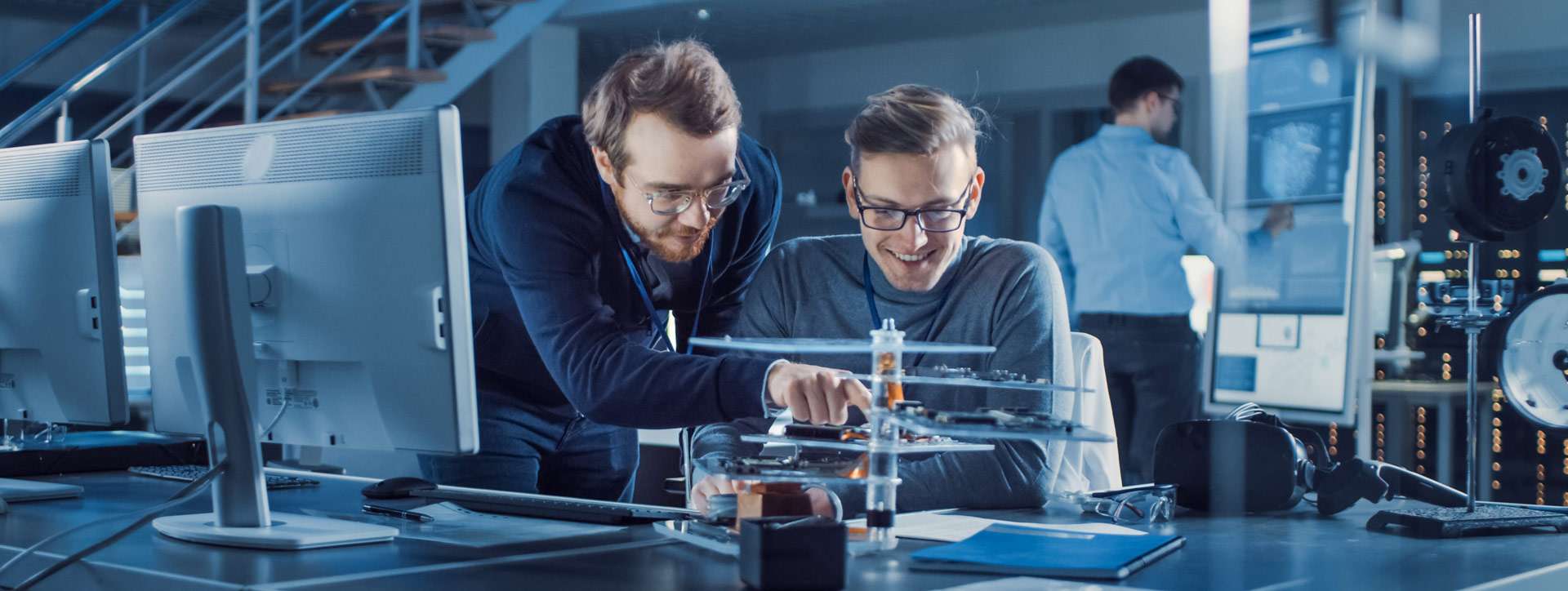In the land of scientific research and experimentation, modern laboratories act as the pots of discovery and innovation. To facilitate these pursuits, a wide array of specialized equipment is important. Understanding the essential laboratory tools and their functions can significantly improve research productivity and ensure accurate results. This article explores the key pieces of laboratory equipment Dubai found in contemporary labs.
Analytical balance:
An analytical balance is key for measuring mass with a high degree of precision. These balances are often used for weighing chemical compounds, reagents, and samples in research and quality control settings. Modern analytical balances come equipped with features such as draft shields, calibration functions, and connectivity options for data transfer, ensuring accurate measurements and easy record-keeping.
Microscopes:
Microscopes are fundamental to various fields of science, including biology, materials science, and medical research. Optical microscopes allow researchers to observe samples at a cellular level, while electron microscopes provide even higher magnification for detailed analysis of structures. Modern microscopes often include digital imaging capabilities, allowing the capture and sharing of images for further examination.
Centrifuges:
Centrifuges are essential for separating components in a mixture based on density. They are commonly used in laboratories to isolate cells, DNA, proteins, and other biomolecules. Modern centrifuges come with advanced features such as programmable settings, temperature control, and safety locks to ensure that samples are processed efficiently and safely.
Spectrophotometer:
A spectrophotometer is used to measure the intensity of light absorbed by a sample at specific wavelengths. This instrument is vital for quantitative analysis in chemistry, biology, and environmental science. Spectrophotometers are employed for tasks such as determining concentration levels of substances, studying reaction kinetics, and assessing the purity of compounds.
Fume hood:
Safety is paramount in any laboratory, and fume hoods play a important role in protecting researchers from hazardous fumes, vapours, and dust. These ventilated enclosures help maintain a safe working environment by filtering and exhausting harmful substances outside the lab. Modern fume hoods often feature monitoring systems that alert users to airflow issues, ensuring optimal safety.
Water bath:
Water baths are used to maintain samples at specific temperatures for various applications, including enzyme reactions, cell culture, and sample thawing. They provide consistent and controlled heating, making them essential for experiments that require precise thermal conditions.
